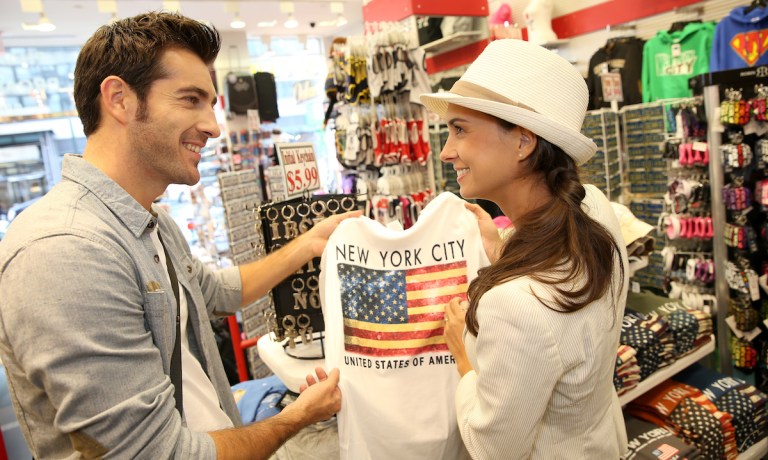Last week was again rich in announcements for PayPal with the launch of a new Bump-enabled iPhone application and a strategic agreement with China UnionPay. As I mused over both, I started to assemble a broader view of the transformation of PayPal as it has been playing out since last September, pointing out to a marked shift in the center of gravity of payment innovation.
At a time when the industry is buzzing about new comers such as Square, it would seem counter-intuitive that the “venerable” PayPal, born way before Web 2.0 was coined, would be leading the innovation wave. After all, in September the company added seasoned executives from Citibank and Wachovia to its management ranks, and, Scott Thompson is a Visa alum, each of these relativelly prudent companies. Nonetheless, the recent string of announcements is unprecedented in the payment industry by their breadth, impacts and ambitions.
- As an appetizer, last November PayPal launched PayPal X, opening its authorization platform and account management platform to third party developers. PayPal X, a first in the payment industry, is forcing all major platforms to rethink their ecosystem strategies.
- In an interview in January, shortly after signing deals with S1 and Fidelity National Information Services, Scott Thompson identified collaboration with Banks as a key strategic direction, to the point of willingness to subordinate the PayPal brand with a “Powered by PayPal” approach.
- In February, PayPal and Facebook inked an agreement to integrate PayPal payments with the platform of the social network behemoth. Shortly after, Facebook overtook Google as the most visited online property.
- Last week, just as Citibank was expressing doubts about person-to-person payments, PayPal reaffirmed its belief in the opportunity by introducing a new iPhone app including the proximity solution offered by Bump.
- As a the piece de resitance, PayPal and China UnionPay signed last week an agreement to enable Chinese consumers to use PayPal to pay for e-commerce purchases globally.
- And for the cherry on the cake, PayPal announced the results of its Developer Challenge at one of the most coveted innovation conferences — DEMO.
Across the board, PayPal is demonstrating out-of-the-box thinking in platform, branding, commercial agreements, and technology, each with significant growth implications for the company. The China UnionPay announcement merits a special note. China – now the second largest economy – is largely a virgin market for the global payment brands, and has been coveted for a long time. However that is not to say that China UnionPay should be discounted as a minor player. With more than 1 billion cards issued, and a network with switching capacity that rivals that of Visa, China UnionPay is a formidable new player, who has been vying for a global position. As Thompson remarked e-commerce originating in Asia is a fast developing opportunity and this deal puts PayPal in a very enviable position.
It is interesting to compare this string of announcements with that of the rest of industry in the same timeframe:
So, what might be driving PayPal and what does it mean for the traditional industry?
First there is a question of size: Last year PayPal cleared $71B of transactions. And while making it a payment solution of choice for e-commerce, it is little in comparison to the big payment networks. Consequently a $10B volume opportunity which would be a rounding error for traditional networks is a great growth opportunity for PayPal which will act accordingly. PayPal’s established competitors should consider carefully their market share on-line and the long term implications on share of payment volume as traditional POS infrastructure and online infrastructure converge.
Second, one of the most enduring Silicon Valley rumors anticipates that PayPal should go public in the not too distant future. It would certainly stand to reason: PayPal is now an established brand, and its trailing revenues compare to that of MasterCard at the time of its IPO. If the innovation profile of the company and therefore its growth prospect is elevated, it could command multiples comparable to that of other payment networks. Using Visa’s enterprise value to sales ratio as a goal post one could assign PayPal a market value in the order of $25B. This is bound to attract talent to the San Jose company which other payment brands can anticipate as demonstrated by the recent hiring by Visa of Bill Gajda.
Third, most important when considered in the context of calls for interchange regulations, PayPal changes the four party model in significant ways. If one compares the impact of interchange regulation in Australia on Visa/MasterCard issuers vs. American Express, it is clear that closed/semi-closed loop payment systems may have an inherent advantage. In partnering with Banks, and why not sharing in the top line opportunities, PayPal could seriously affect the balance of the eco-system. In that light rethinking the services offered to banks to assist them with new payment and commerce channels is a critical imperative for the rest of the industry.
Last, innovation is a matter of culture: PayPal is grounded in the advent of E-Commerce and Push Payments both permitting changes as radical as the introduction of the Association model did… four decades ago. This not only explains best why PayPal would try where other would shy away, it also exemplifies the challenge for leading providers. It would be reckless for a Visa or MasterCard to try become an Internet-style company. However, they would be well advised to aggressively partner with other new comers such as Obopay, or Bling Nation to capitalize on their “let’s do it” outlook on business.
Agree/Disagree? Contact me at patrick.gauthier@faultlinecommerce.com or twitter/PRGauthier
Patrick Gauthier, is a senior payment industry executive with 20 years of experience in developing, selling and deploying new technologies for payment and commerce, on a international basis, in private and public companies ranging from start-ups to global organizations.
Related Content
Captains of the Industry: Scott Thompson on What’s Next with PayPal
Why Paypal May Do to Payments What Apple Did to the Mobile Ecosystem
FNB and PayPal Bring Global E-Commerce to South Africa
PayPal to Double Its Presence in Asia by End of 2010
Rentalic CEO Wins PayPal Innovation Award at DEMO 2010 Conference
PayPal is Now a Way to Pay for Facebook Ads and Facebook Credits
The App Wars: Amazon’s vs. PayPal’s Strategy




